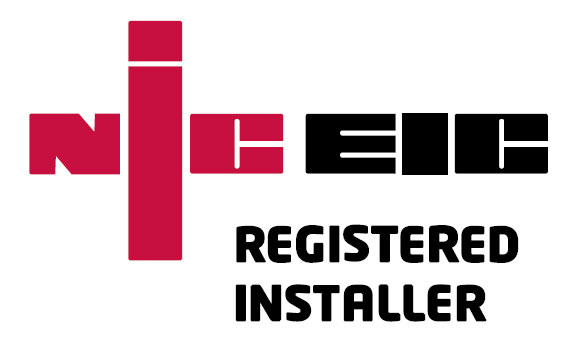MVHR systems move air around the whole property. With the exception of the hall, stairs and landing, every room has either an air supply or extract terminal. The amount of air movement is determined by property size, occupancy, and of course the regulations. The direction is controlled by air pressure. Gently supplying air into a bedroom increases pressure, while extracting it from a bathroom decreases it. As the pressure then equalises the air naturally flows from the dry room to the wet room.
That’s the basic function of MVHR, but some systems can offer much more, as long as they’re designed to do so from the outset. Besides providing air quality and recovering energy that’s normally wasted, smart MVHR systems can also be linked to heating and cooling systems, or medical-grade filters that stop noxious gasses if you live near a busy road. But remember, they all add considerable air resistance, so none of them will work properly if they’re an after-thought.





